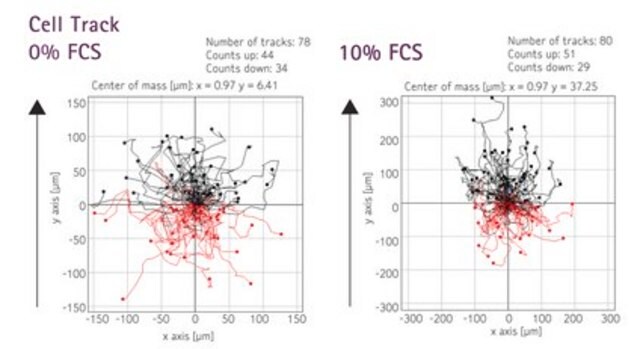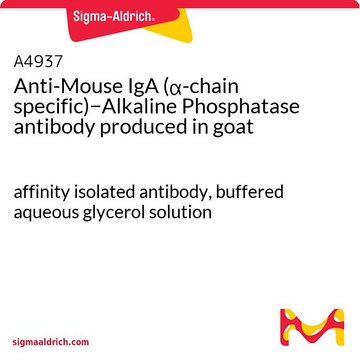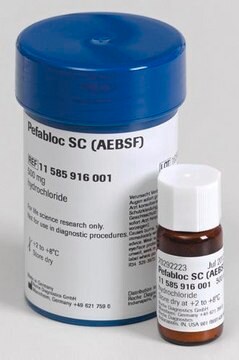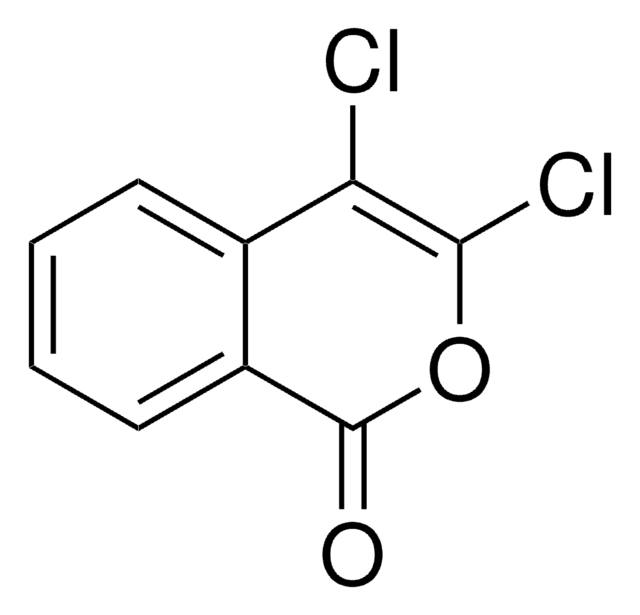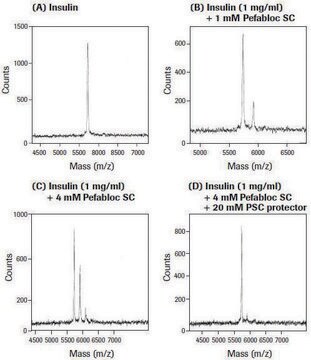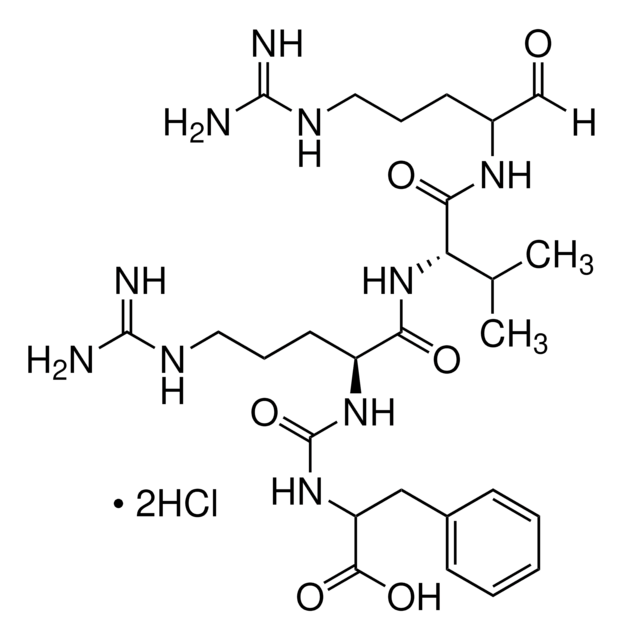A8456
4-(2-Aminoethyl)benzenesulfonyl fluoride hydrochloride
≥97.0% (HPLC)
Synonym(s):
AEBSF
About This Item
Recommended Products
biological source
synthetic (organic)
Quality Level
Assay
≥97.0% (HPLC)
form
powder
mp
183-191 °C
solubility
H2O: 50 mg/mL
storage temp.
−20°C
SMILES string
FS(C1=CC=C(CCN)C=C1)(=O)=O.[H]Cl
InChI
1S/C8H10FNO2S.ClH/c9-13(11,12)8-3-1-7(2-4-8)5-6-10;/h1-4H,5-6,10H2;1H
InChI key
WRDABNWSWOHGMS-UHFFFAOYSA-N
Looking for similar products? Visit Product Comparison Guide
General description
Application
- as a protease inhibitor in plasma samples to prevent acylated ghrelin (AG) degradation
- as a snake venom serine proteinase (SVSP) inhibitor in SVSP inhibition or AEBSF assay to test the involvement of SVSPs on the fibrinogen-clotting activity
- as a component in NP-40 lysis buffer to resuspend cell pellets for preparing cell lysates
Biochem/physiol Actions
Signal Word
Danger
Hazard Statements
Precautionary Statements
Hazard Classifications
Eye Dam. 1 - Skin Corr. 1A
Storage Class Code
8A - Combustible corrosive hazardous materials
WGK
WGK 3
Flash Point(F)
Not applicable
Flash Point(C)
Not applicable
Choose from one of the most recent versions:
Already Own This Product?
Find documentation for the products that you have recently purchased in the Document Library.
Customers Also Viewed
Articles
Analytical Enzyme Chymotrypsin: Chymotrypsin is produced in the acinar cells of the pancreas as the inactive precursor, chymotrypsinogen.
Our team of scientists has experience in all areas of research including Life Science, Material Science, Chemical Synthesis, Chromatography, Analytical and many others.
Contact Technical Service

